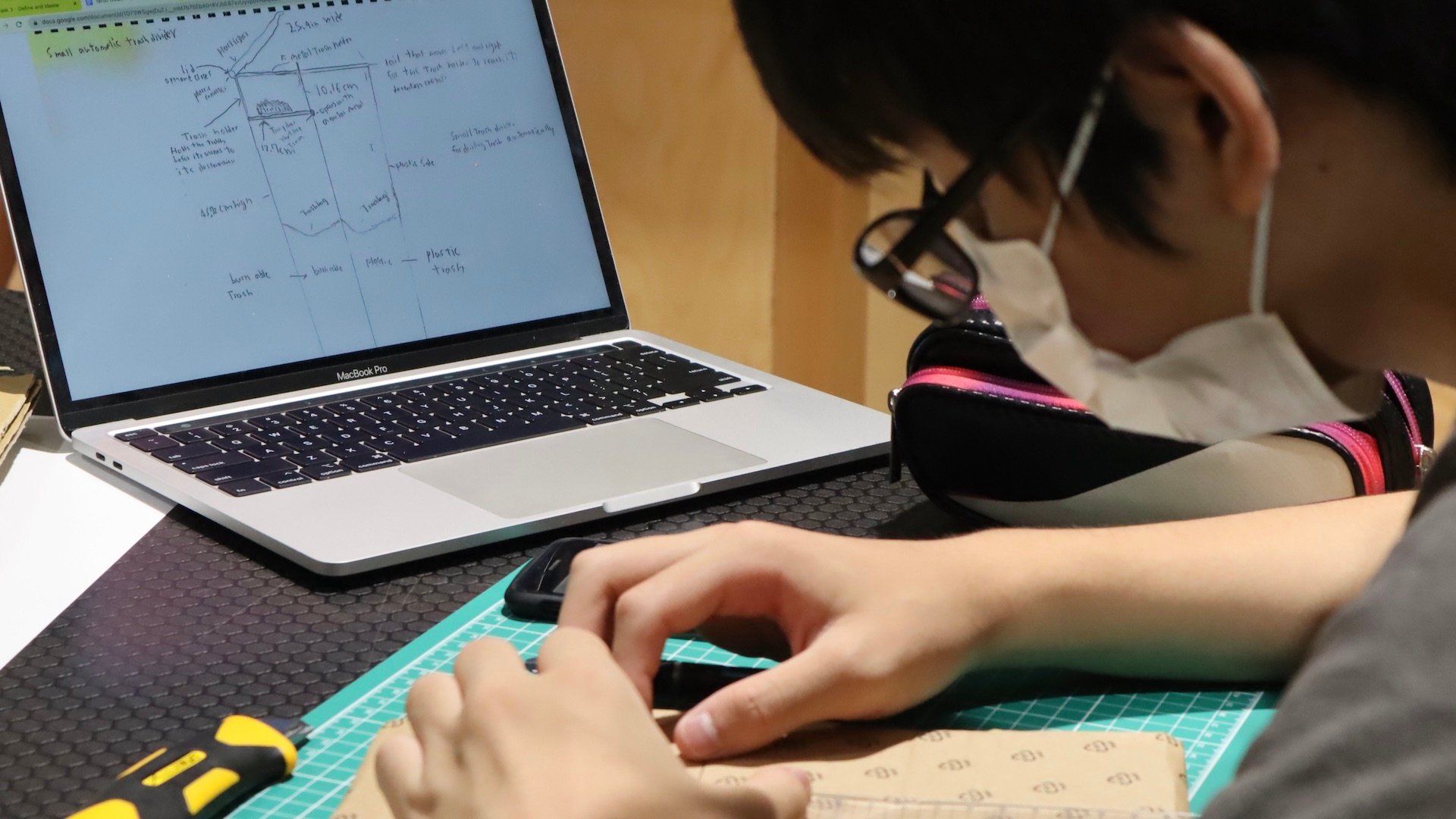 Grade 8 Design Students went on a semester-long deep dive into the concept of “Design Thinking” to test their imagination and see how far it could take them and their creativity. And it was all to please Mom! Well…in theory, anyway!
Grade 8 Design Students went on a semester-long deep dive into the concept of “Design Thinking” to test their imagination and see how far it could take them and their creativity. And it was all to please Mom! Well…in theory, anyway!
Becoming Design Thinkers
The students started out learning about the concept of Design Thinking with a fascinating TED Talk by IDEO CEO Tim Brown. This Talk helped them start thinking about the process of design, what it meant, and how it has changed over the years. From there, the students discussed the steps of Design Thinking: Empathize; Define; Ideate; Prototype; and Test.
Their task was to interview their family (it could be anyone - Mom, Dad, big brothers, little sisters, and grandparents, too!) to see what kind of problems they had around the house that could be solved with a design product designed to make life easier. The students collected data from interviews with their target audience and then set out to design a more capable blender, a more efficient way to store shoes, a tidier way to keep annoying hangers from spilling out everywhere, and even a toaster that could handle baguettes! This was the empathize stage: how could they make life better for their family who in this case played the role of the target audience?
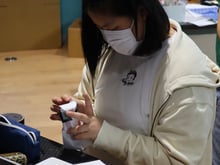
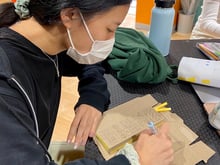
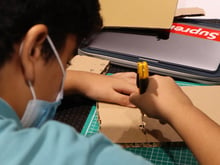
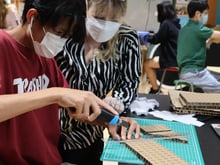
Thinking Into Action
The next steps were to work out their ideas by defining the issues and ideating their way through sketching different versions of the products they had in mind. After they had a couple of different options in their sketches and had thought about how to build a functioning model, they moved to the prototyping stage. By creating a succession of prototypes, they could test at the end of each prototype and make improvements as they went, thus refining their original ideas. Using cardboard and other sustainable materials, each student created at least three prototypes, and it was easy to see how their ideas changed and evolved through this process.
Because it was never intended they build the final product for practical use, this allowed them to stretch their imaginations and create a vision for a product that was not limited to resources and machinery within the school. Their “test” challenge came in the form of a survey which they were asked to send to some critical judges, including faculty and staff at the school and their family members. Crafting the correct survey questions to elicit the feedback they were looking for was a challenge but along the way, they also learned the importance of writing business-worthy correspondence and also learned the importance of email etiquette to ensure they would get the responses they needed. As a final conclusion to the unit they also designed a marketing poster to show off their product and its successes, giving them an opportunity to learn some approaches to marketing and also hone their graphic design skills.
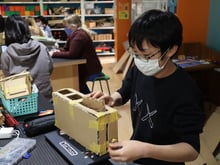
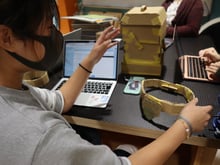
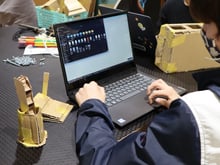
The Importance of Problem Solving Skills
All in all, the unit mirrored what a real-life design and marketing experience might look like. But don’t be fooled, the real product is not a newly designed toaster or blender, but rather the student’s abilities to problem solve and innovate, finding solutions that are continually improved upon until they result in the best solution for the problem at hand. It might be just helpful household solutions today, but the critical thinking and problem-solving skills learned can be used for tackling some of the bigger conundrums these students might face in the future. And that sure will make Mom (and the whole family!) proud, too!


 Grade 8 Design Students went on a semester-long deep dive into the concept of “Design Thinking” to test their imagination and see how far it could take them and their creativity. And it was all to please Mom! Well…in theory, anyway!
Grade 8 Design Students went on a semester-long deep dive into the concept of “Design Thinking” to test their imagination and see how far it could take them and their creativity. And it was all to please Mom! Well…in theory, anyway!






